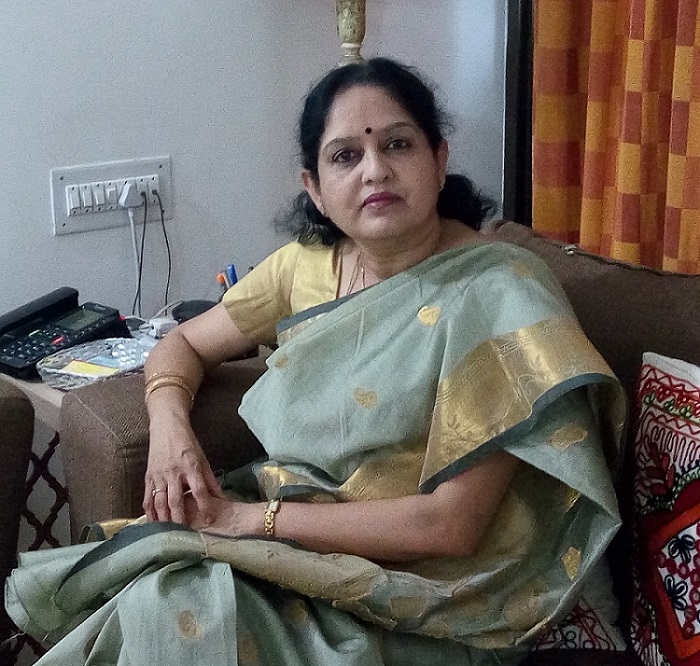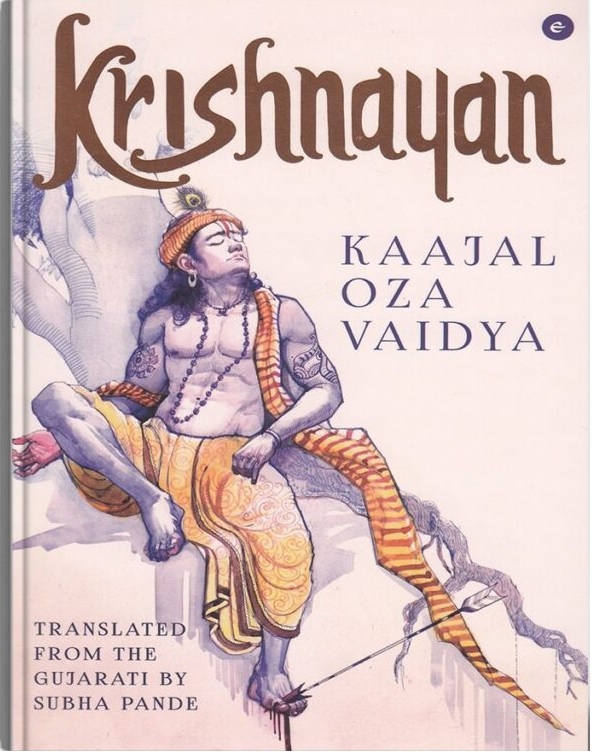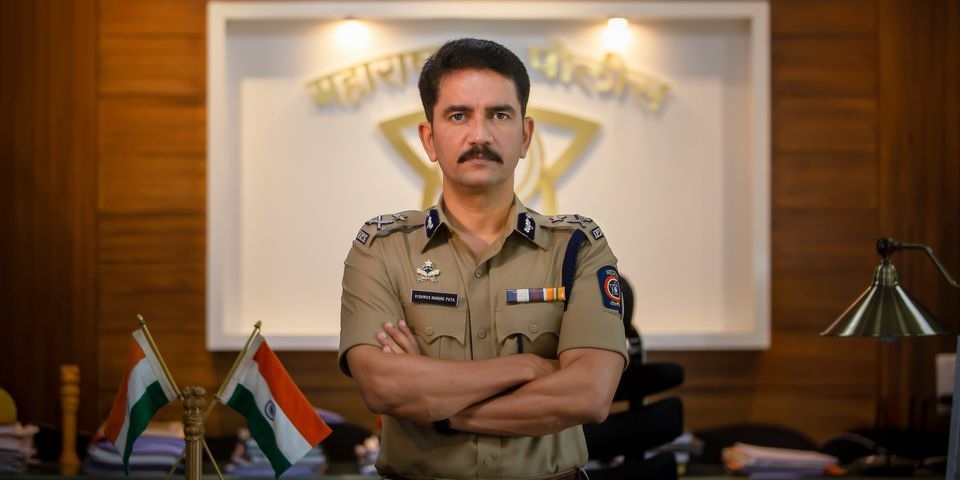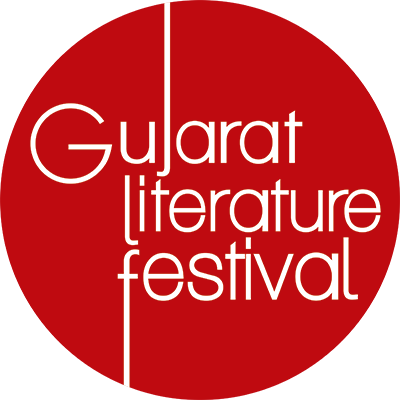
Born Tamilian, married to Marathi living in Vadodara, Subha Pande’s first Gujarati translation to English Kaajal Oza Vaidya’s ‘Krishnayan’ was a runaway hit!
Choosing from a plethora of visual content or watching the same series again could get boring and tiring for the eyes and mind. But choosing from a series of books on the bookshelf, getting absorbed in its words while sitting in a coffeehouse, or curling up on the bed—are reasons enough for translator Subha to keep going with her work.
A Tamilian by origin, she grew up in Bihar and is married into a Marathi family based in Vadodara. Subha’s life is a potpourri of English, Hindi, Marathi, Gujarati and Tamil languages. Added Kannada and Bengali languages to her list, which she can understand and speak reasonably well. Phew!
In 2021, her first translation from Gujarati to English was Kaajal Oza Vaidya’s bestseller Krishnayan, the first print run of the book was completely sold out in 48 hours from Amazon.

(Pic courtesy: Navbharat Sahitya Mandir)
Here Subha talks about her love of languages.
How many languages do you translate in, and how long have you been doing this?
The translation works I do involve translating from Tamil, Gujarati, and Marathi languages into English; English to Hindi and Hindi to English. All these books have been published. My first translation was a play from Marathi to Hindi in 2013, for a friend. The play was staged in Delhi.
My first published translation was Kavita Kane’s “Sita’s Sister” in 2016, which was from English to Hindi titled Sita ki Behen, Urmila ki Kahani (सीता की बहन, उर्मिला की कहानी) and Rupa Publications published the book. I also translated another book by Kane, “The Fisher Queen’s Dynasty” into Hindi titled, Matysagandha: Kuruvansh ki Rajmaata (मत्स्यगंधा: कुरुवंश की राजमाता), published by Yatra books, Amazon.
From corporate trainer and Cambridge examiner to translator—tell us about the transition.
My husband Vikrant Pande is a translator, and he started somewhere in 2012-13, but only Marathi to English. Now he has authored two books of his own apart from his translations. My upbringing in Bihar has helped me have a good command of Hindi. I think in Hindi instead of my mother tongue Tamil. So for me, my language is Hindi.
If you know about “Tuesdays with Morrie” by Mitch Albom, it was adapted into Marathi as a play titled ‘Wah Guru’ (वाह गुरु), and I translated it from Marathi to Hindi as ‘Har Guruvaar’ (हर गुरुवार). That further gave me the confidence that this is something I can do. And Kane was in an Indie group together with me. So, when her book Sita’s Sister was released, I messaged her about the translation and she agreed to it. Then I did a few sample chapters and sent them to a few publishers. Rupa liked it, and soon, things picked up.
Neither had I planned anything nor have I had any formal training in translation but living across several states—Bihar, UP, Karnataka, Gujarat—gave me scope to learn the local language that is helping me now. I stayed 15 years in Karnataka, and I know Kannada very well. I am comfortable with seven languages but work with four. I understand and can reasonably speak good Kannada, Gujarati and Bengali languages.
My reading habits as a child—Tamil and Hindi literature—have also added to my language proficiency. But a lot of English translation is because of my Cambridge English training–I am an examiner. Bringing precision into language, keeping it as tight and compact as possible and using idioms in my work—are some of the many things I learned during my training, which come in handy now.
How do you handle statements, words or scenes of a book you don’t understand? Do you establish a rapport with the author?
I often send an email to the author to clear my doubts. But if it’s a factual doubt, I either read up the entire history of the characters or underline it and ask the author about it.
In translation, the original author does not have much say. Not all authors are fluent in all languages their books get translated in. It is, therefore, between the editor and the publisher to decide if the translation is worth publishing or not.
Some authors are particular. Like when I did Kaajal Oza Vaidya’s ‘Krishnayan’, I sent her a sample chapter. The first time, Bhawana Somaaya translated the book, it wasn’t up to the mark, and the books had to be pulled back from the market. For Kaajal’s book, the same devotion was required in the translation as her. The translated version was a huge hit!
I have just translated Joint CP Law and Order of Mumbai Vishwas Nangare Patil’s book ‘Kar Har Maidaan Fateh’ from Marathi into English titled ‘Win all your Battles’. It will be published by HarperCollins. He was keen to receive the entire manuscript as there were a lot of technicalities to be looked into, names and designations, to avoid legal issues as well, and more. He went through the entire manuscript and suggested changes wherever required. So, it is different with different genres of books and authors.

How do you immerse yourself in words that were perceived differently by the author?
Last two years, the pandemic put a halt to my corporate training assignments, my work as an examiner in colleges and my travelling plans. I work six hours a day, and I work on two books at a time. Like right now, I am working on Kaajal Oza Vaidya’s “Madhyabindu” (મધ્યબિંદુ), and I am also working on a Tamil book by Sivasankari. This is the eighth book of hers that I am translating.
Two different genres, two different languages, two different authors—so, I divide my day—in the morning, I do one language, and in the afternoon, I do the second language. Many times you get saturated working on one language or genre. In this way, I can break the monotony.
Translation work is about creating what the author has written but in a different language. My creative liberties are limited–I have to work in a set framework set by the author, but my challenge is to translate words, emotions, feelings and everything in between. I am equally or perhaps more involved in the story than the author is because they are writing in a flow of thoughts, but I am writing in a different language, and I have to find the right word or phrase to justify what the author has written. I should be able to put myself in the author’s mind when translating.
I also chose the genre I am interested in because I believe one should be comfortable in the genre and language when sitting or deciding to translate. This helps me to be absorbed and involved in the work I do.
What differentiates an average translator from a good one, or there is nothing like an average translator? Your take.
It is not the translator but the product which is exceptional or mediocre. The reason could be that the genre which is not suitable for the translator. There are situations or passages in the book that do not read well, perhaps because the book is not of the genre you are comfortable with, the language is tough for you or the topic is not of interest to you. Even your frame of mind at the time of translation impacts the quality of your work. I feel that transliteration does not work and should be avoided.
It depends on how much of your mind you put to get the same feeling as felt in the original language. These are calls you have to take as a translator.
I do a lot of work for Storytel, an audio and Ebook company. While working on audiobooks I have to ensure that the sentences are short and crisp because the attention span while listening to a text is low.
What drew you to translation? How many words on an average per day do you work upon?
I do about 2,500 words per day, and it could be multiple languages or the same book. That makes it roughly about 50,000 words a month, equivalent to a book of medium-sized, per month. This is possible only if you enjoy translation.
It is a mentally challenging job and I am exhausted at the end of six hours because I am mentally saturated. Hence it is important to work on different genres of books and explore other media like audiobooks, Ebooks and subtitling projects.
Books to look out for in 2022
Another book is ‘Yudh Jeevanche’ in Marathi, and the English working title is ‘History of biological and chemical warfare’ by Girish Kuber.
Recently, I completed a 54-part series for Storytel called ‘Dev, Danaav ani Maanav’ in Marathi–a story based on the beginning of creation from the Hindu philosophical aspect, and it goes on till the beginning of Mahabharata.
I am at my table every day!
This interview was conducted for GLF by Kinjal Shah

Great work. All the best for present n future adventures.
Thank you Sir!